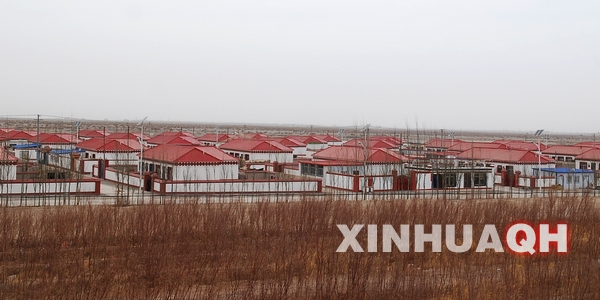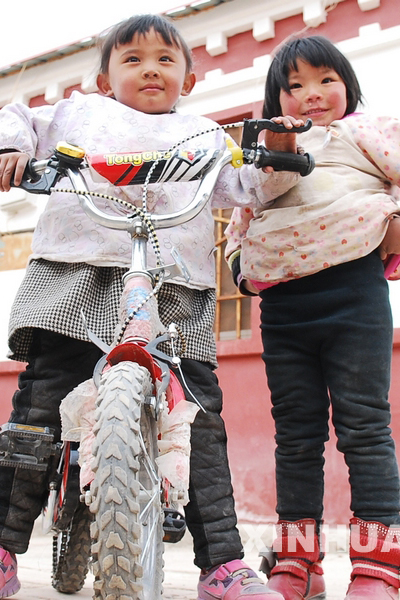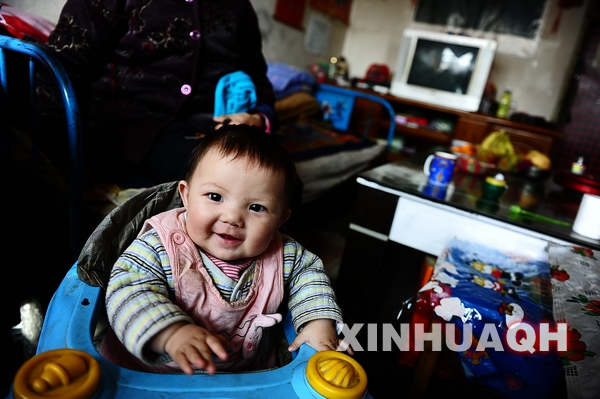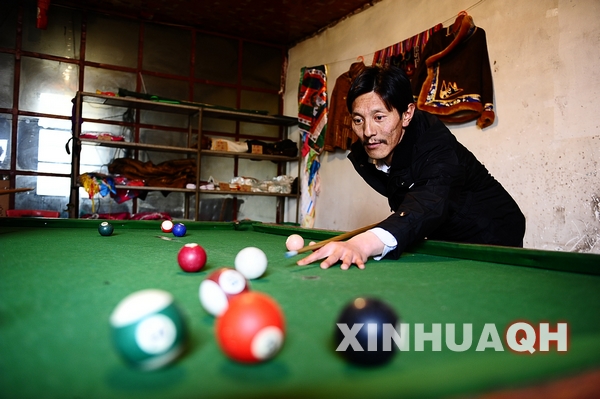
Neat courtyards at Changjiangyuan village on Feb. 26 [Photo/ Xinhua]
Eco-migrants in Qinghai Province actively integrate into the urban living environment, while striving to maintain their own cultural traditions in the new land, source from Xinhua News Agency.
In 2005, China's central government launched a seven-year, 7.5-billion yuan ($1.2 billion) project to protect and strengthen the ecology of the area, which is a designated national nature reserve. One of the program's key measures has been to move nomadic herders into new migrant villages. These "ecological migrants" now number over 50,000, accounting for one quarter of the reserve's entire population.
About 450 eco-migrants now live at Changjiangyuan (or Yangtze River source) village in the outskirts of Golmud city, Qinghai Province. all of them comes from the Tanggula town with an altitude of nearly 5000 meters. Under the government's various supportive policies, villagers actively integrate into the urban living environment, while striving to maintain their own cultural traditions. at the village, the rate of medical insurance and school-age children enrollment both has reached 100%, the coverage of subsistence allowances has achieved over 80%; the pension insurance has almost covered those who need it; hundreds of labor force participate various types of practical technical training for employment.

4-year-old Baima Drolma (left) plays with her friend Tsering Nyigyi (right). [Photo/ Xinhua]

1-year-old Rinchen Yangqen is in his home. [Photo/ Xinhua]

A villager is tidying her cabinet. [Photo/ Xinhua]

A villager is playing billiards. [Photo/ Xinhua]
